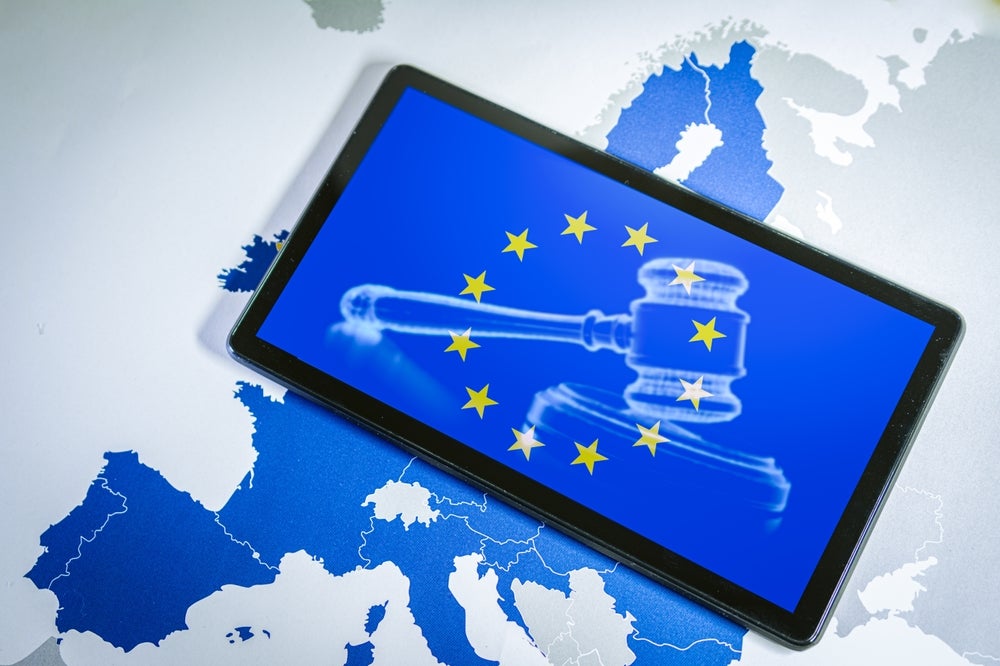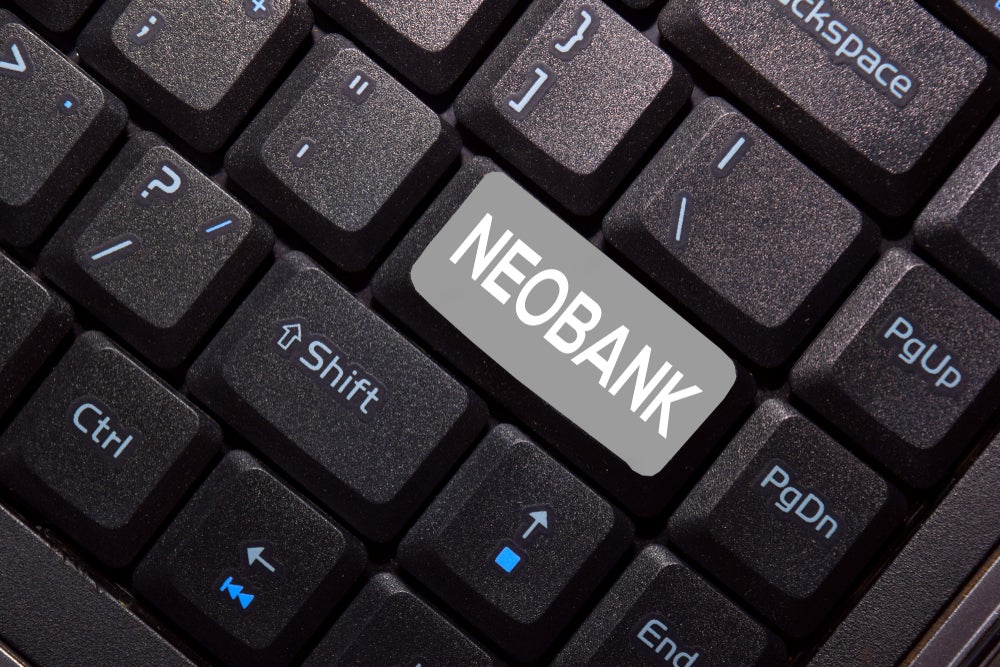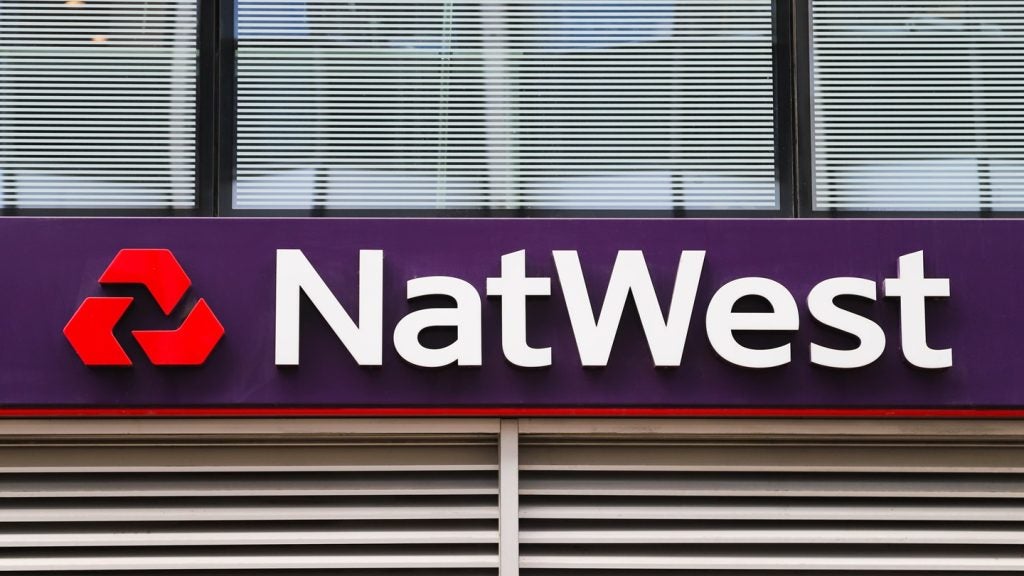Mobile payment services are finally beginning to reach maturity, and while they don’t yet directly compete with the cards markets in Europe, businesses such as Auka, MobilePay, and Vipps in the Nordics are starting to reveal the potential of mobile.
GlobalData’s Senior Payments Analyst Samuel Murrant catches up with mobile payments entrepreneur Daniel Döderlein of Auka to discuss the future of the mobile payments market.
Could you give me a bit of background on yourself and Auka?
Auka was founded in 2010; the first mobile payments company in Scandinavia, but the story is a little older. In 2006 – before smartphones – I had the idea of making money as easy to send as text messages, so I started working on a way to do that. In 2010, we had our systems built, and got enough investment to start up Auka. Auka in 2010 could interface with Visa and Mastercard, and make P2P payments and merchant payments, but we found we were unable to sell to banks – so we switched gears and started selling to consumers.
We filed for a license under the first Payment Services Directive and marketed to consumers in Norway as “mCash.” Following this launch, we started being approached by banks interested in white-label deals so we moved back to B2B services, and sold the mCash brand and customer base to Sparebank 1 Gruppen. Today, Auka is a dedicated white-label mobile payments provider, working with banks in Europe and all over the world.
How does it work, and what are the advantages Auka has over the rest of the market?
How well do you really know your competitors?
Access the most comprehensive Company Profiles on the market, powered by GlobalData. Save hours of research. Gain competitive edge.

Thank you!
Your download email will arrive shortly
Not ready to buy yet? Download a free sample
We are confident about the unique quality of our Company Profiles. However, we want you to make the most beneficial decision for your business, so we offer a free sample that you can download by submitting the below form
By GlobalDataIn essence, we’re a new payments scheme built from the ground up, fully licensed in Europe through an e-money license issued by the financial supervisory authorities of Norway. We have a consumer-facing app which we provide as a white-label product to banks; we handle consumer on-boarding, KYC, and interbank fund transfers. Our platform aggregates consumer account information once customers are on-boarded, and from our app users can make P2P transfers, move money between their accounts, conduct e-commerce and remote payments, and also make payments in-store at our partner merchants’ outlets.
Merchant partners sign up with the “Auka” scheme to accept payments through us – the system we use is in-house, so we bypass the international card schemes (and their transaction fees). We’re compatible with all communication technologies at the point of sale – NFC, QR codes, and Bluetooth – as well as remote payments so merchants can sign up regardless of their hardware. We’ve got some powerful data analysis tools based on transactional history which we use to help small merchants build loyalty programs and analyze their business performance – it’s a big differentiator for us since without our platform these businesses generally don’t have the resources to do data analytics in-house.
Our platform is based on Google Cloud – our ledger and customer data are all hosted on the cloud. This gives us flexibility that established banks with legacy systems don’t have, but it has at times been challenging to be the first financial services company to run 100% from the Cloud. We have had to work extra hard to show regulators such as the FCA in the UK how secure our platform is in order to pass compliance requirements.
What are your ambitions for the next five years?
We’ve got a strong European focus at the moment. It’s our home market and the European regulatory regime is particularly well-suited for us – PSD2 really is a game-changer for challengers because it opens up partnership and integration opportunities that couldn’t exist before. We’re looking at expanding our business within Europe and outside it, though there are serious regulatory challenges to that in markets like the US. Right now we have 30 employees; by 2020 we’re looking to expand that to 70.
What do you see happening with mobile payments in the West in future?
As I alluded to above, PSD2 is one of the big game-changers for this. International brands – think Google and Facebook here, not payments specialists – will look to attack the European market using PSD2 as a springboard to get into the payments market with the support of established infrastructure. I think we’ll see fragmentation of the market first as everyone scrambles to get a piece of the pie, then consolidation around a few dominant brands. Ultimately I think there will be extreme fragmentation as companies use the PSD2 framework to build themselves specific payment tools – we’ll see companies like utility providers accessing bank account information via PSD2 to make accepting payments easier and cheaper for them so they can lower prices and undercut the competition.
The Nordics are the number one market in Europe for mobile payments – consumer engagement with these tools is much higher than elsewhere and the national e-identity systems in these markets makes KYC compliance under PSD2 easier. It’ll be these markets that lead the way for Western mobile payments.
So what happens to the cards market, then?
I fully believe that mobile payments in future will involve money moving between bank accounts, not cards. When everyone is using bank transfer-based tools, cards become irrelevant – they’re more expensive to accept and the infrastructure is more expensive to maintain. That puts card schemes in a tough situation – the existing model works because Visa and MasterCard hold both the consumer and merchant side of the value chain, but it’s now possible to compete with their networks, thanks to PSD2. However, consumers are so used to cash and cards at the POS that it will take a lot of effort to reach the point where the card schemes are threatened. Mobile payments need to focus on adding value – data analytics, loyalty, location-based services – to start changing consumer behavior.







